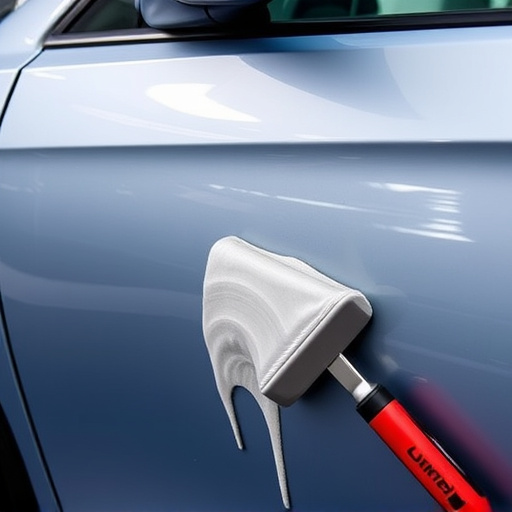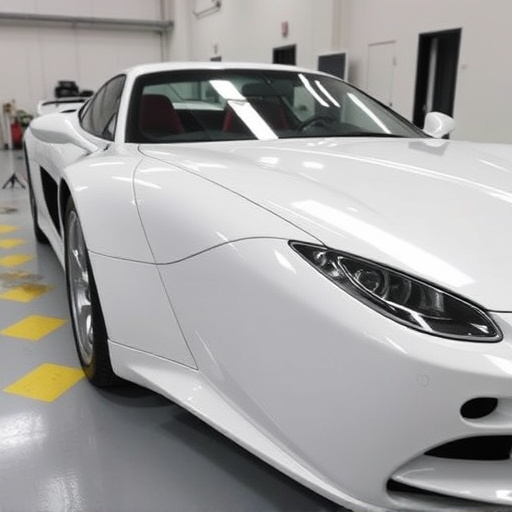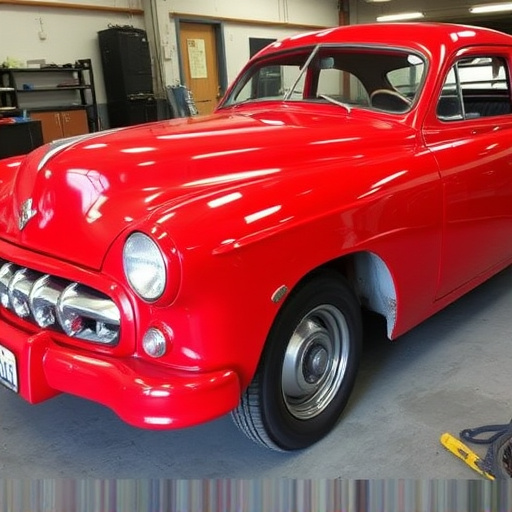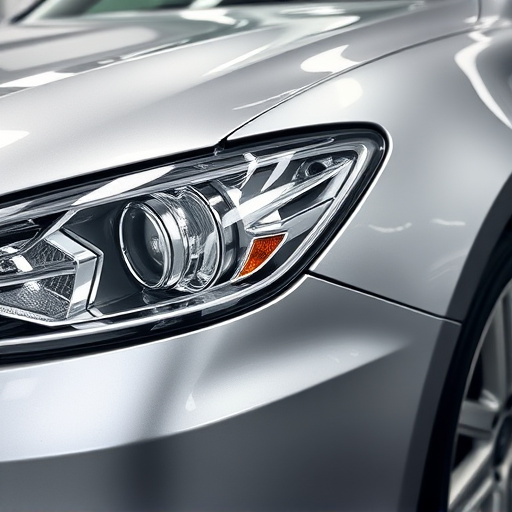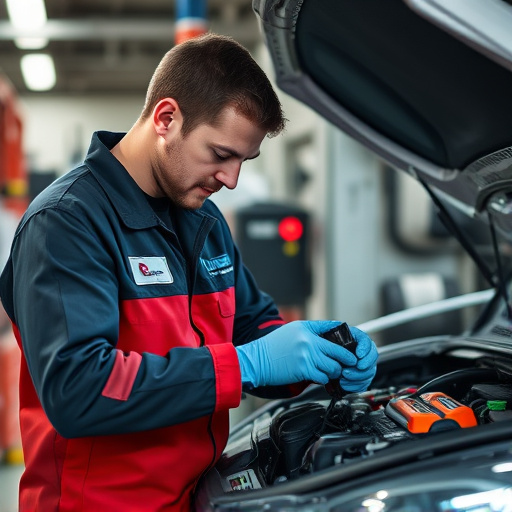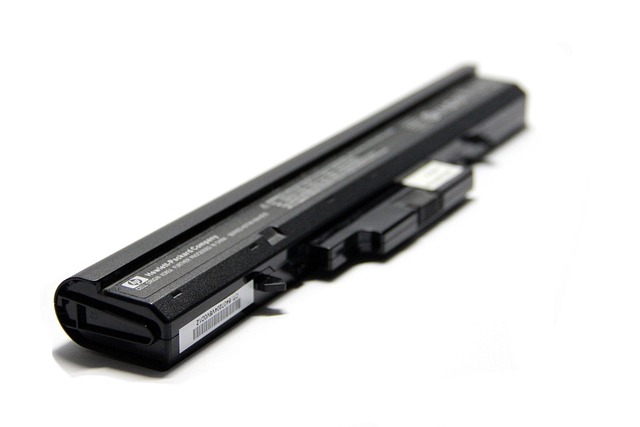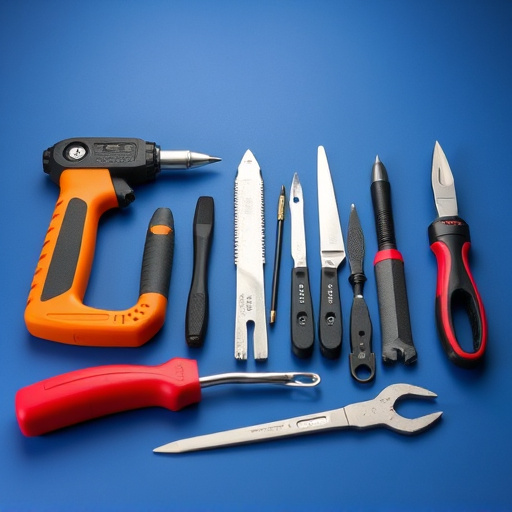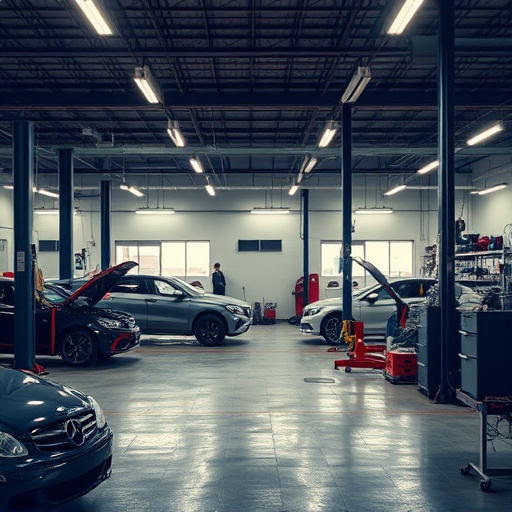Pearl finish collision repair demands precision and skill due to its intricate multi-step application process. The right tri-coat paints, consisting of basecoat, color coat, and clear coat, are crucial for achieving the desired depth, reflectivity, and durability. Technicians must begin with meticulous surface preparation, followed by careful application using high-quality pearl paints and advanced techniques like cross-hatching to blend coats seamlessly. This ensures a visually stunning, long-lasting pearl finish repair that matches the original vehicle's design.
In the realm of collision repair, achieving a flawless pearl finish is an art. This article guides you through the intricacies of matching tri-coat pearl paints, essential for restoring vehicles to their former glory. We explore the unique properties and challenges of pearl finish, providing insights on selecting the perfect color match. Learn effective application techniques that ensure a seamless, lustrous surface, transforming damaged cars into sparkling masterpieces with precision and expertise.
- Understanding Pearl Finish: Properties and Challenges in Collision Repair
- Selecting the Right Tri-Coat Paints for a Perfect Match
- Application Techniques for Achieving a Flawless Pearl Finish in Collision Repair
Understanding Pearl Finish: Properties and Challenges in Collision Repair
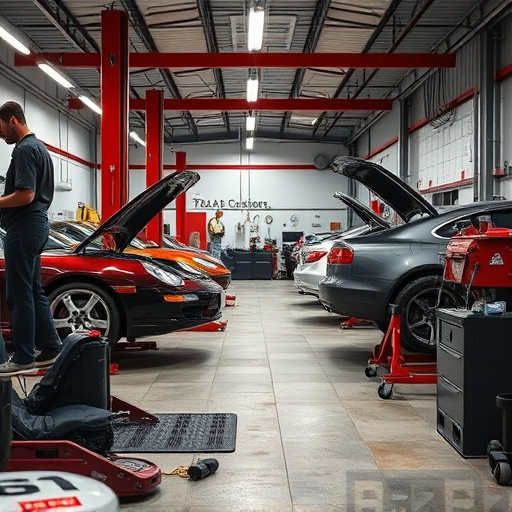
The pearl finish is a unique and visually appealing coat that has become a popular choice in modern automotive design. This finish offers a depth and iridescent glow, creating a stunning effect on vehicles. Understanding its properties is crucial when it comes to collision repair, as this specific paint job presents both advantages and challenges.
In car collision repair or car dent repair, matching the pearl finish accurately is an art. The primary challenge lies in replicating not just the color but also the intricate interplay of light and color that defines the pearl effect. These finishes often require a multi-step application process, involving basecoats, intermediate coats, and topcoats designed to work in harmony. Any deviation during the repair process can result in an inconsistent or lackluster finish, standing out from the original vehicle’s appearance. Thus, skilled technicians must exercise meticulous attention to detail to ensure the restored car looks as good as new, both in terms of aesthetics and the overall collision repair services provided.
Selecting the Right Tri-Coat Paints for a Perfect Match
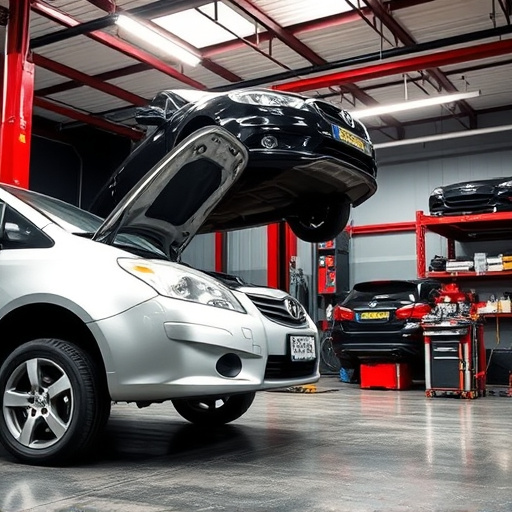
Selecting the right tri-coat paints is a crucial step in achieving a perfect match for pearl finish collision repair. It involves careful consideration of factors such as color accuracy, basecoat compatibility, and clear coat consistency. Auto detailing professionals often rely on advanced paint analysis tools to ensure precise color matching, especially when dealing with intricate finishes like pearls. These tools can detect subtle variations in pigment and texture, making it possible to reproduce the original look seamlessly.
In an automotive body shop, achieving a flawless finish requires not just skilled technicians but also high-quality paints tailored for pearl coating. The process involves applying three distinct layers: basecoat, color coat (or mid-coat), and clear coat. Each layer plays a vital role in creating depth, reflectivity, and durability. Auto painting experts must select paints that are formulated to work harmoniously together, ensuring the final result is not just aesthetically pleasing but also long-lasting. This meticulous approach guarantees that the repaired vehicle not only looks like new but also retains its lustrous pearl finish.
Application Techniques for Achieving a Flawless Pearl Finish in Collision Repair
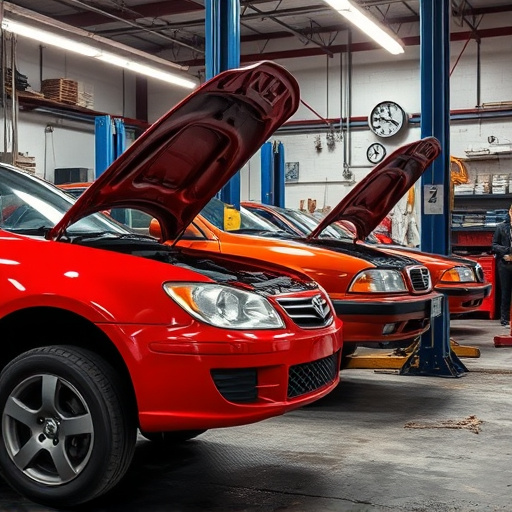
Achieving a flawless pearl finish in collision repair involves meticulous application techniques. First, prepare the auto bodywork surface by thoroughly cleaning and sanding to ensure a smooth base. This step is crucial for a successful pearl coat application, as any imperfections will show through the lustrous finish.
Use high-quality pearl paints specifically designed for automotive applications. Apply an even coat with a professional spray gun, ensuring proper pressure and distance for optimal coverage. For the best results in bumper repair and auto glass scenarios, employ cross-hatching or overlapping strokes to create a seamless blend between each coat. This technique is equally effective during auto bodywork repairs, creating a rich, three-dimensional pearl finish that mirrors the original vehicle design.
In conclusion, mastering the art of matching tri-coat pearl paints in collision repair involves a deep understanding of the pearl finish’s unique properties and careful selection of the right paints. By adhering to expert application techniques, professionals can achieve a flawless pearl finish that not only restores vehicles to their original beauty but also enhances their overall value. For those navigating the world of pearl finish collision repair, these strategies represent a game-changer, enabling them to deliver top-notch results that stand the test of time.
